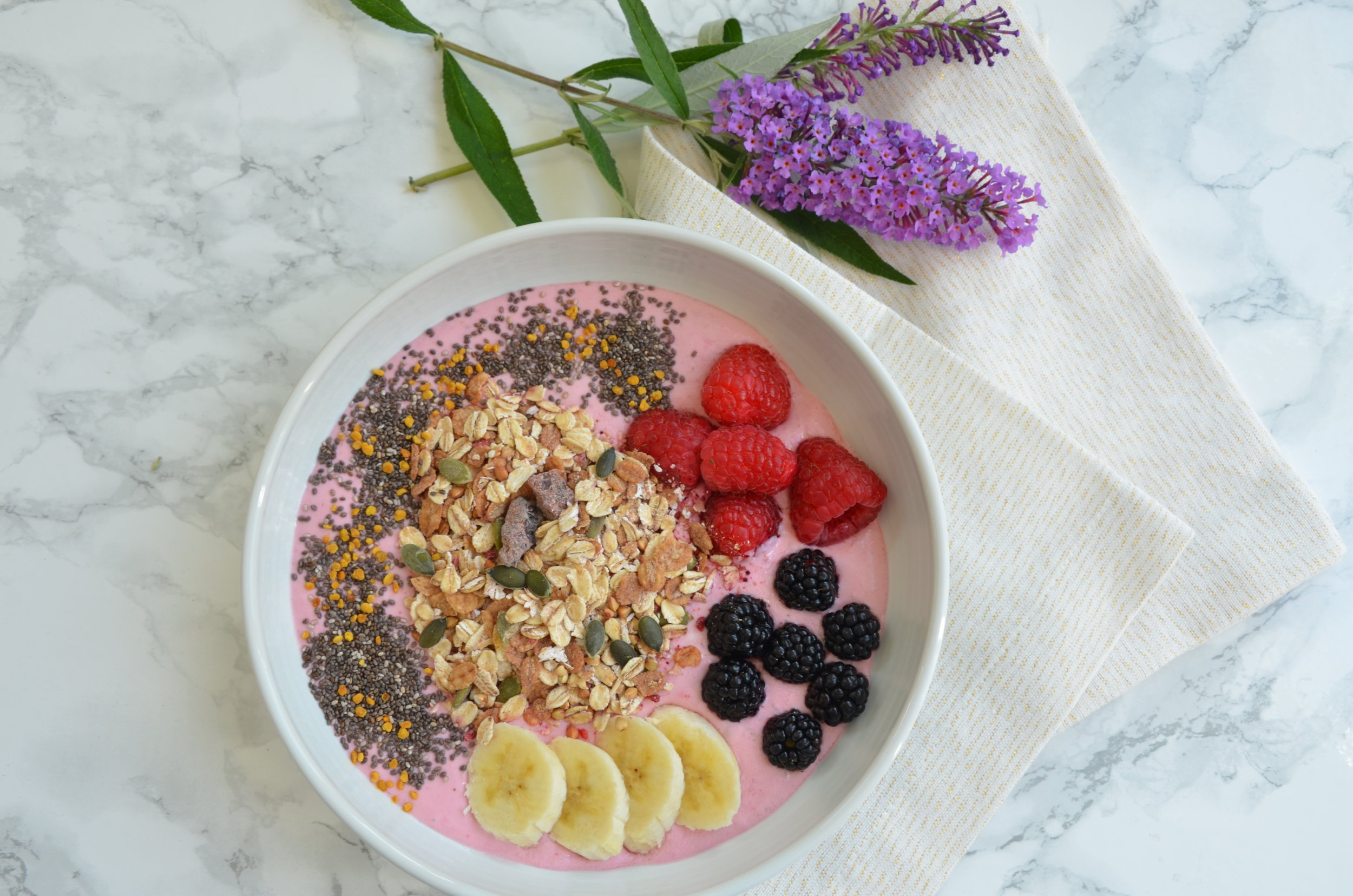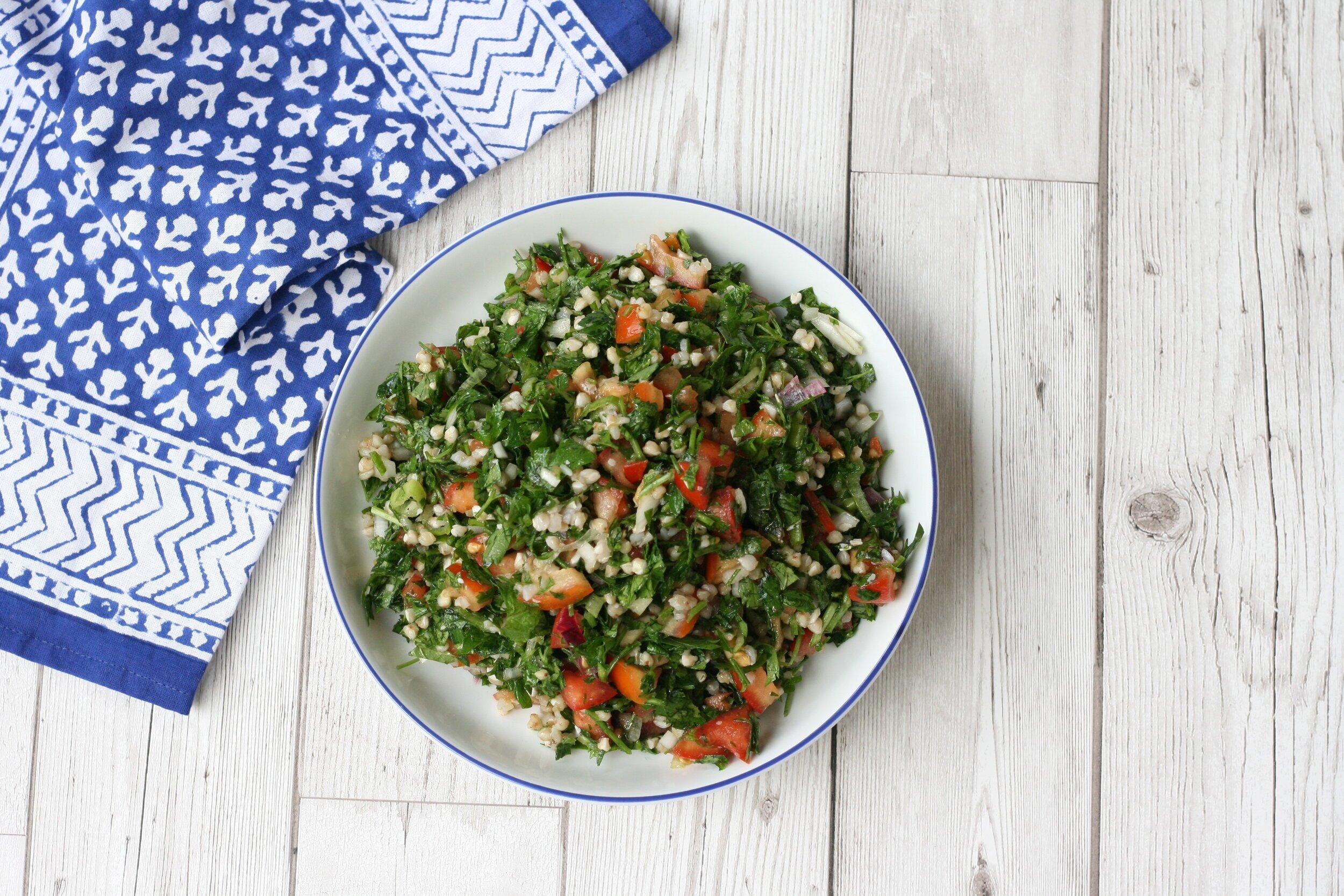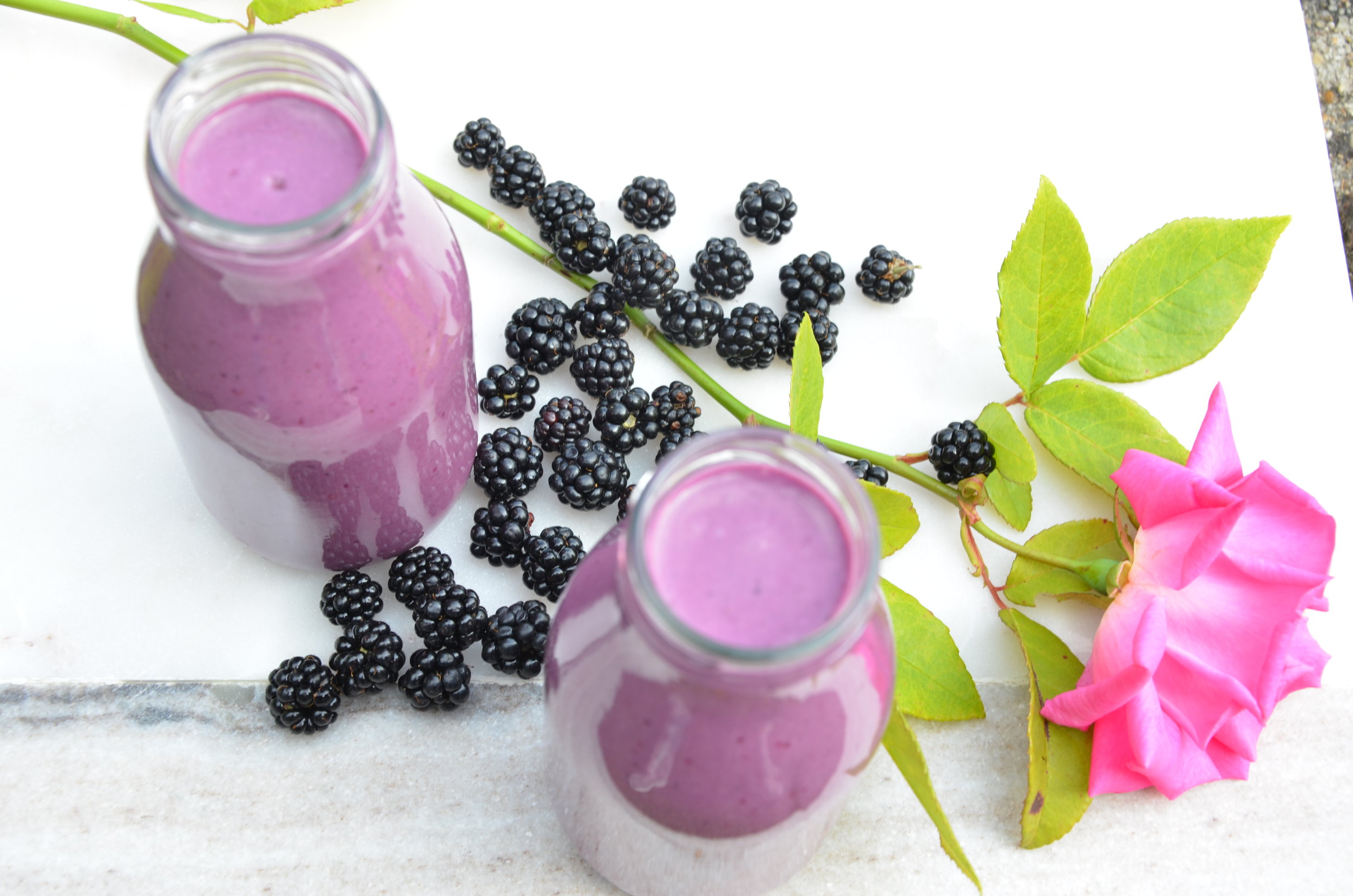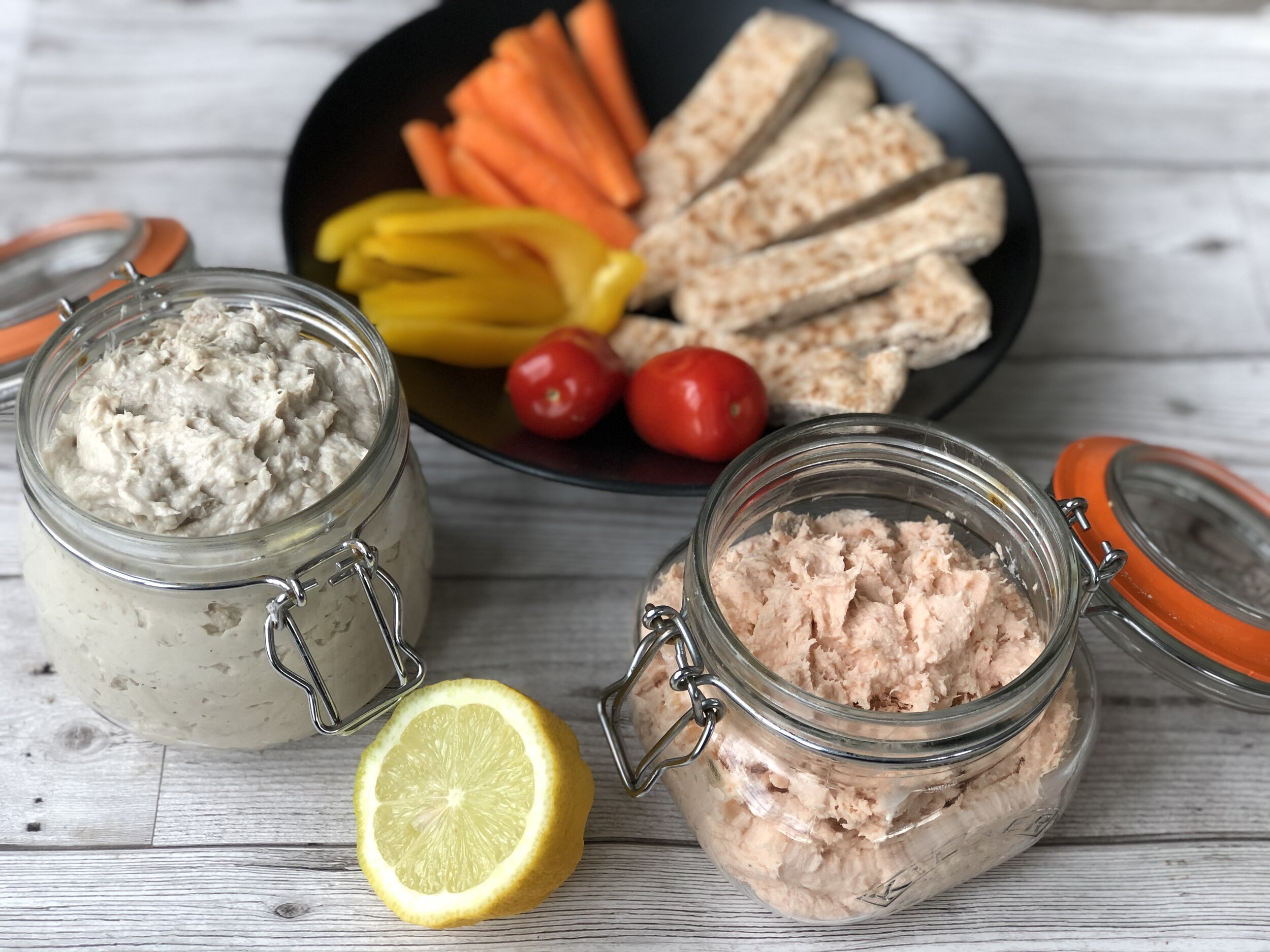Our spring foraging top tips
Eating healthily doesn’t have to be expensive. Eating seasonal and local keeps the cost down. And what could be cheaper than foraging for some food to add to your plate?
There’s something special about picking your own food – and even more special when you haven’t had to pay for or grow it! Nature's larder is a fascinating world of wild foods, often far superior in flavour and nutritional content than shop bought, cultivated or farmed foods. Foraging doesn’t have to be reserved for specialists. Four easy to find, and identify, spring ingredients are wild garlic, stinging nettles, cleavers and dandelions. See our forager's pesto recipe where we have combined wild garlic and nettles into a really easy pesto to add to pasta, grilled chicken or salmon. Or our watercress and wild garlic soup.
Wild garlic
Wild garlic is found in damp, shady locations in March and April. We have lots growing near us in the woods in Kent. You want to find a woody location that has a stream or water nearby to guarantee a crop. It looks very similar to lily of the valley, which is toxic – but the smell of wild garlic is unmistakable. Crush between your fingers and the smell of garlic will hit you. If you can’t smell garlic then leave well alone. Wild garlic can be added to stir fries, omelettes, sautéed greens or to salad dressings.
Stinging nettles
Stinging nettles can be found anywhere. However choose your location wisely away from traffic fumes or places where dogs might have been. March and April is the best time to pick this if you are going to eat as it’s at its sweets during these months. Wear thick protective gloves and pick the top tender shoots. Nettles can be added to your morning smoothie, or added to soups and stir fries or even made into a tea. I still remember my first encounter of ‘eating’ stinging nettles on a trip to Holland as an 11 year old and finding stinging nettle cheese.
Dandelion leaves
Dandelions are easy to spot with their distinctive yellow flowers. Try combining dandelion leaves with other bitter leaves, such as watercress and rocket in a simple green salad with olive oil and apple cider vinegar before a main meal to help with digestion. The dandelion root can also be dried and made into a tea to help with digestive problems. However do make sure that you know it’s hasn’t been sprayed by a weed killer. I would avoid grass verges that are looked after by local councils and instead choose fields or your own garden instead.
Cleaver
Cleaver is sometimes also called sticky weed, sticky willy or goosegrass as geese are partial to it too. It is rich in vitamin C and the leaves and stem can be added to smoothies or stews. It is classed as a diuretic and is meant to help with urinary disorders and eczema.
Foraging Tips
• If there’s any doubt over what you are picking then use caution and don’t pick. It could be rare, protected, inedible or even poisonous.
• Forage sustainably – only forage in plentiful supplies – and leave some for others and also the wildlife.
• Minimise damage to nearby habitats and species.
• Don’t take more than you plan to eat.
• Don’t trespass. Seek landowner’s permission on private land.
• Wash your bounty very well when you get it home to remove any pesticides or other nasties.
Next season's countryside foraging
If you have missed out on spring foraging then don’t forget late summer when blackberries, elderberries and sloe will be ready. All are rich in vitamin C and antioxidants and are amazing in crumbles, or mixed in a porridge or smoothie. Or how about experimenting with homemade Sloe Gin?












